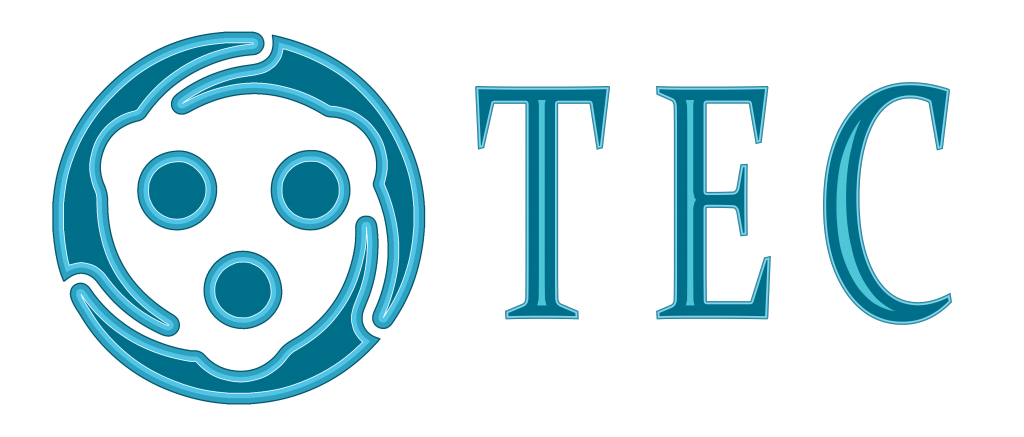Project Management Software is a critical part of any business. Without careful planning and execution, projects can quickly spiral out of control, costing businesses time and money. That’s why it’s important to use the right tools to help manage your projects. In fact, according to PMI’s Pulse of the Profession 2023 report, poor project performance leads to 11.4% of investment being wasted.
In this blog post, we will discuss Must-Have Integrations for Your Project Management Software that can help streamline your workflow and prevent costly inefficiencies.
Project management tools
It seems obvious, but it still bears mentioning; your project management tool of choice should be integrated with the rest of your stack. Your organization might even use multiple project management tools, like Asana for most projects and Jira for software development projects. Each time might use its own tool, too, making integration that much more important.
Tasks are the building blocks of a project, and making sure everyone is on the same page for who’s doing what and when, is key. Software that helps you stay on top of your tasks, and helps your team stay up to date with theirs, is a huge advantage for clarity and awareness, as long as everyone is on the same page.
Different teams will have different needs, and different individual contributors will as well, so we want a task management system that is flexible. For example, sometimes the simplicity of Trello is more advantageous than the depth of Jira, but manually updating in both tools feels redundant. Automation removes that redundancy, allowing you to use the best too for the job without spending time manually updating multiple tools.
Chat and meeting tools
No digital workspace is complete without a space for your team to interact. Outside of task or project tools, this is likely the most frequently used kind of software by any of your collaborators. These are tools like Slack, Microsoft Teams, and Zoom. Beyond just chat communication, these software spaces for specific conversations, troubleshooting, video chat, and meetings. They can also set reminders, ping specific teams for alerts, and provide a valuable archive of interactions. These capabilities offer numerous advantages when integrated with a larger digital workspace.
Calendar
Knowing who is busy and when at a glance is a huge benefit for teams of any size. As an individual contributor, making your availability visible saves valuable time. These benefits only become more apparent with larger teams or organizations.
For some teams, calendars aren’t just for managing team meetings and 1-on-1s. Salespeople, for example, might spend as much time in their calendars organizing discovery calls as they do in any other tool. That makes integrating their calendar with other tools essential.
Spreadsheets
It’s nearly impossible to talk about project management without spreadsheets. Tools like Excel and Google Sheets are still often the backbone of project management. Some projects run entirely out of spreadsheets while others rely on them for reporting and supplementary documentation. That means spreadsheets will likely always have a place in your projects, even when you use specialized PM tools.
Conclusion
Integrating your project management software with the right tools can significantly streamline workflows, enhance team collaboration, and boost overall productivity. From time tracking and communication tools to cloud storage and CRMs, these integrations help you manage projects more efficiently and reduce manual effort. By choosing a project management platform that supports these essential integrations, you empower your team to work smarter, not harder.
Looking for a project management software that offers seamless integrations with popular tools and powerful built-in functionalities?
Explore The Expert Community PMS Tool — designed to elevate your project management experience.
So, what are you waiting for? Get Started Now!
FAQ
1. Why are integrations important in project management software?
Integrations allow your project management software to connect with other essential tools like communication apps, time trackers, and file storage systems. This streamlines workflows, reduces duplication of tasks, and improves overall team productivity.
2. What are the most commonly used integrations in project management tools?
Common integrations include Slack or Microsoft Teams for communication, Google Drive or Dropbox for file sharing, Trello or Jira for task tracking, and Zoom or Microsoft Outlook for meetings and scheduling.
3. Can I customize which tools I integrate with my project management software?
Yes, most modern project management platforms offer customizable integrations, allowing you to choose and connect only the tools that suit your team’s specific workflow and needs.
4. Will integrating multiple tools slow down my project management software?
Not necessarily. Well-designed project management tools are built to handle multiple integrations smoothly. In fact, integrations usually make the system more efficient by eliminating the need to switch between different applications.
5. How do I know if a project management tool supports the integrations I need?
Before choosing a tool, check its integration list on the official website or contact customer support. Many platforms also offer free demos or trials to test the integrations before committing.

